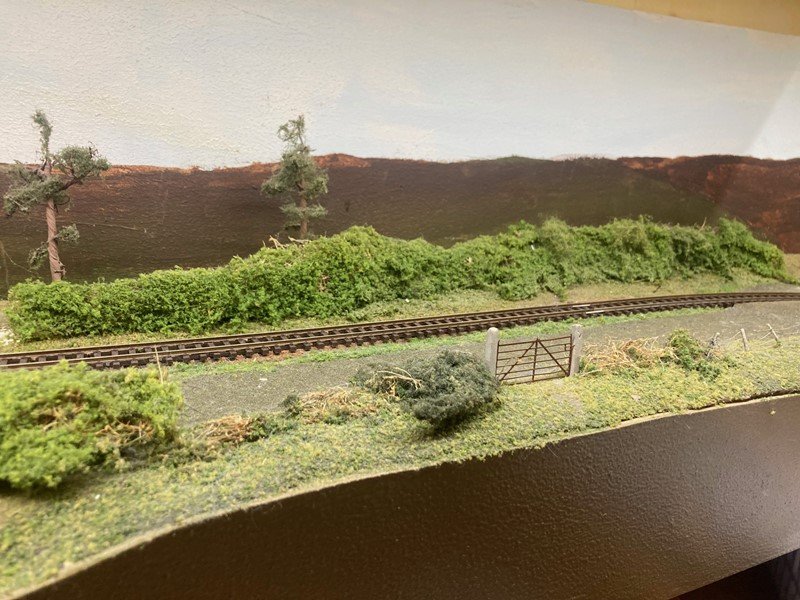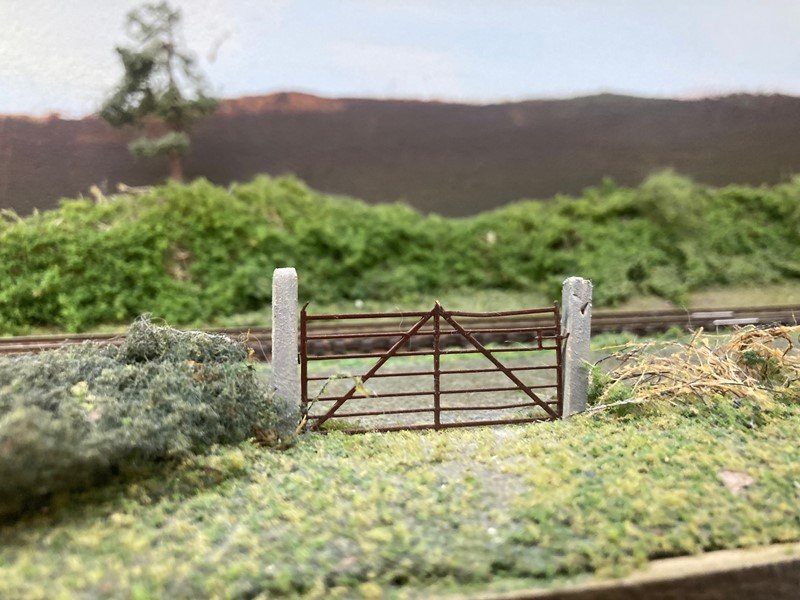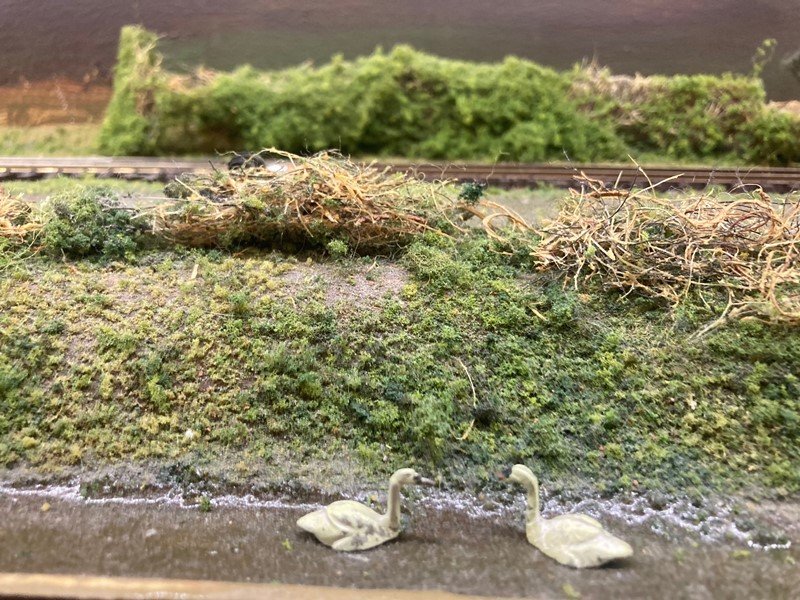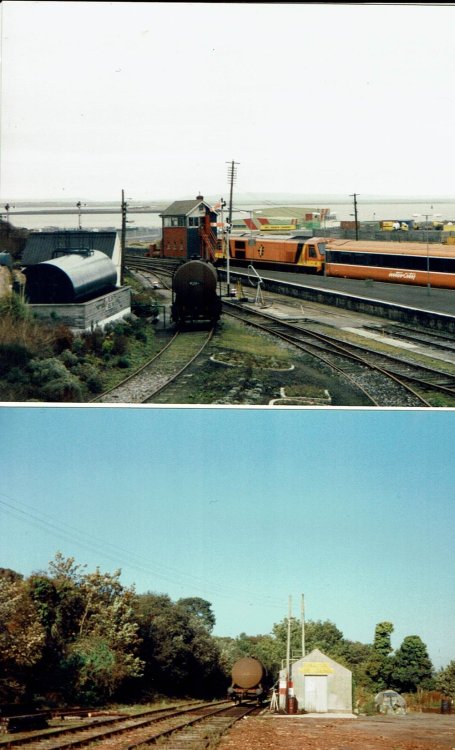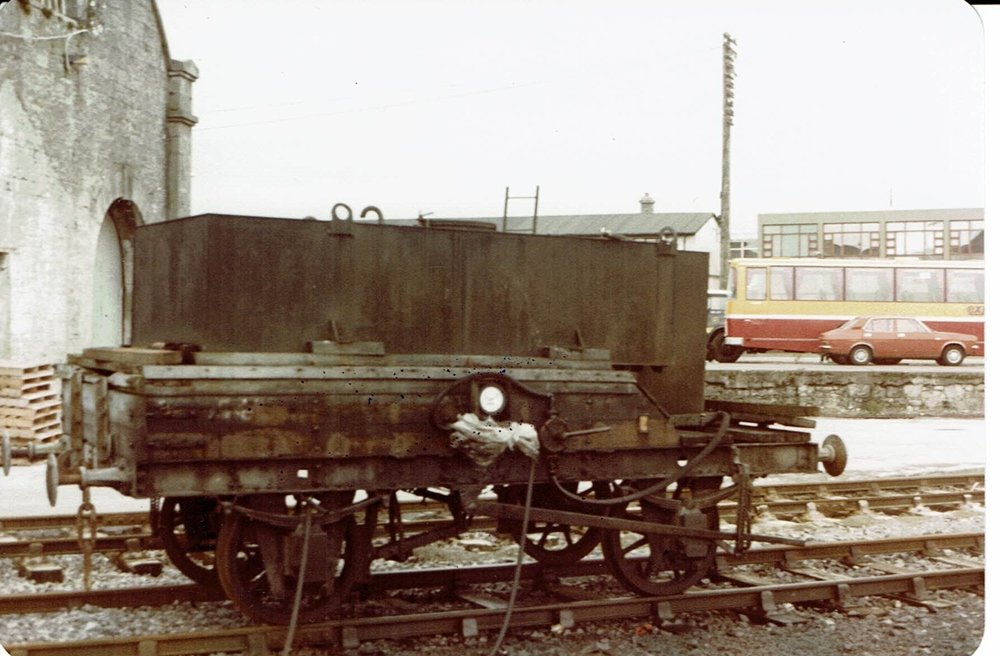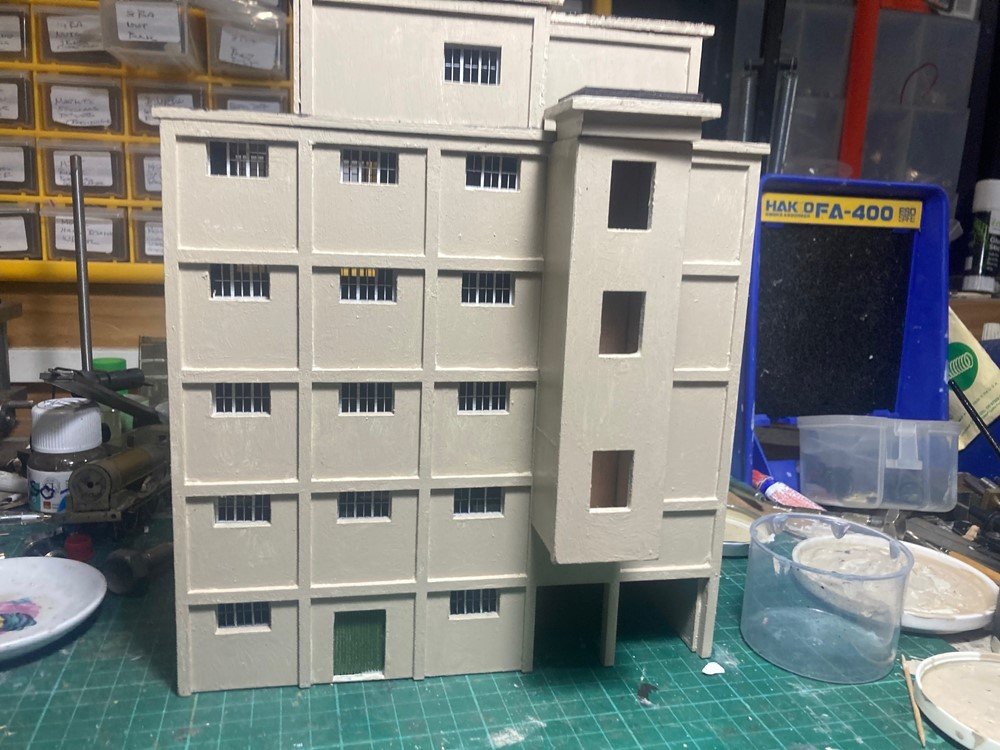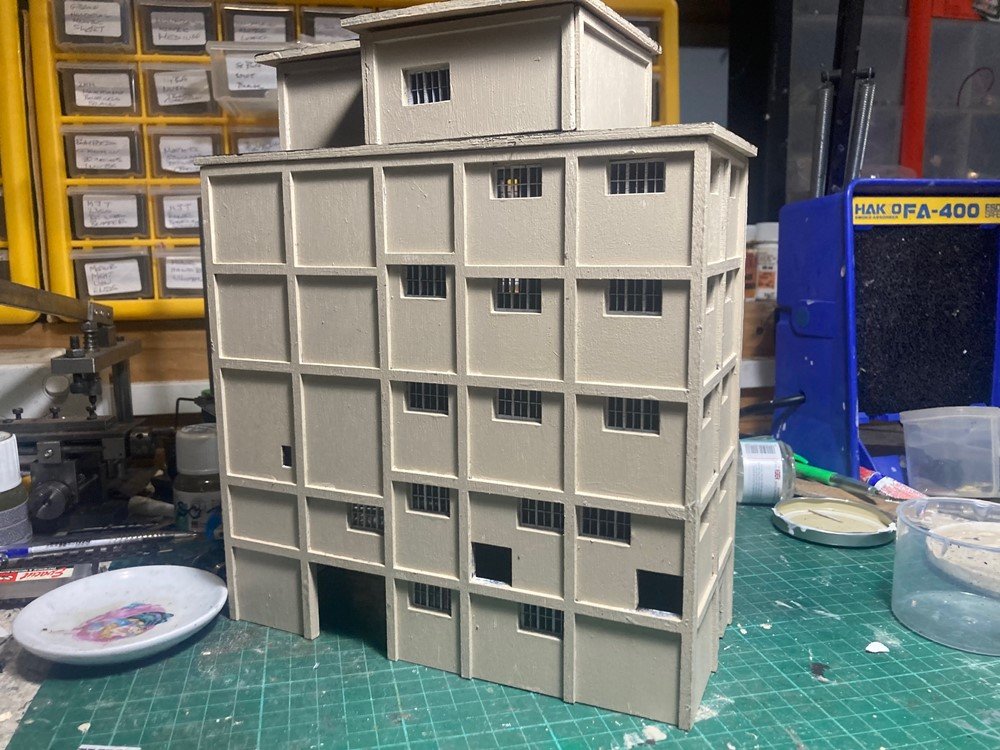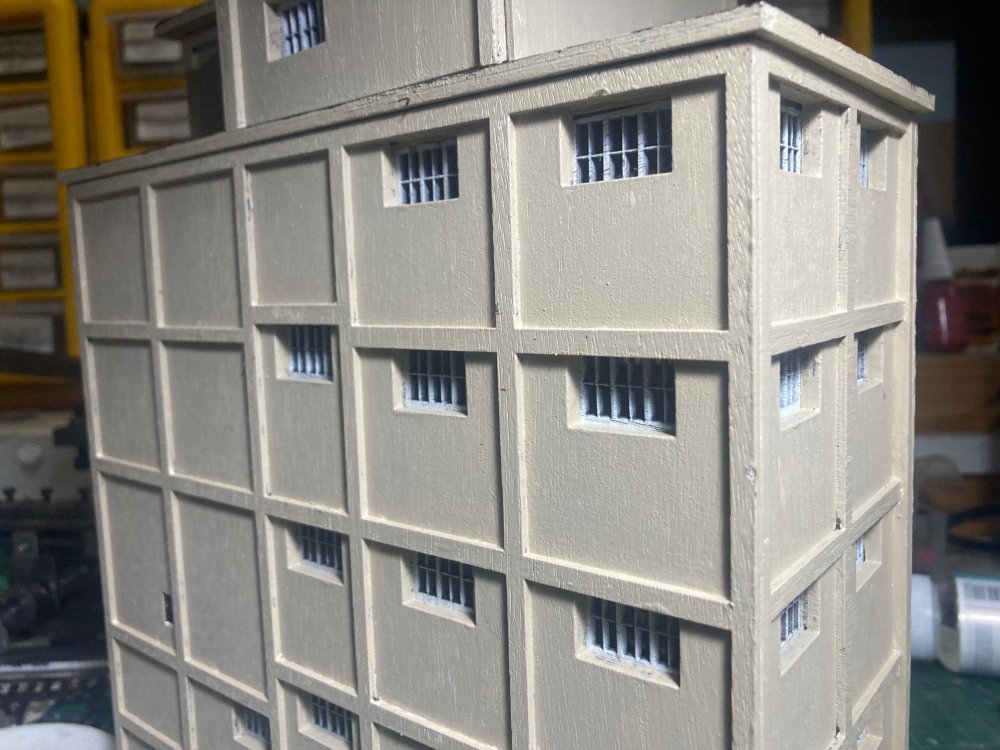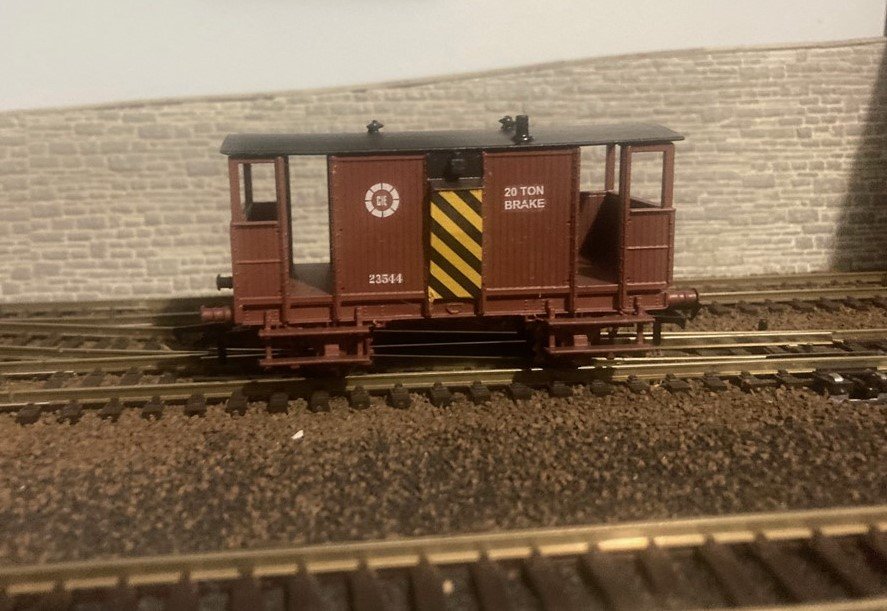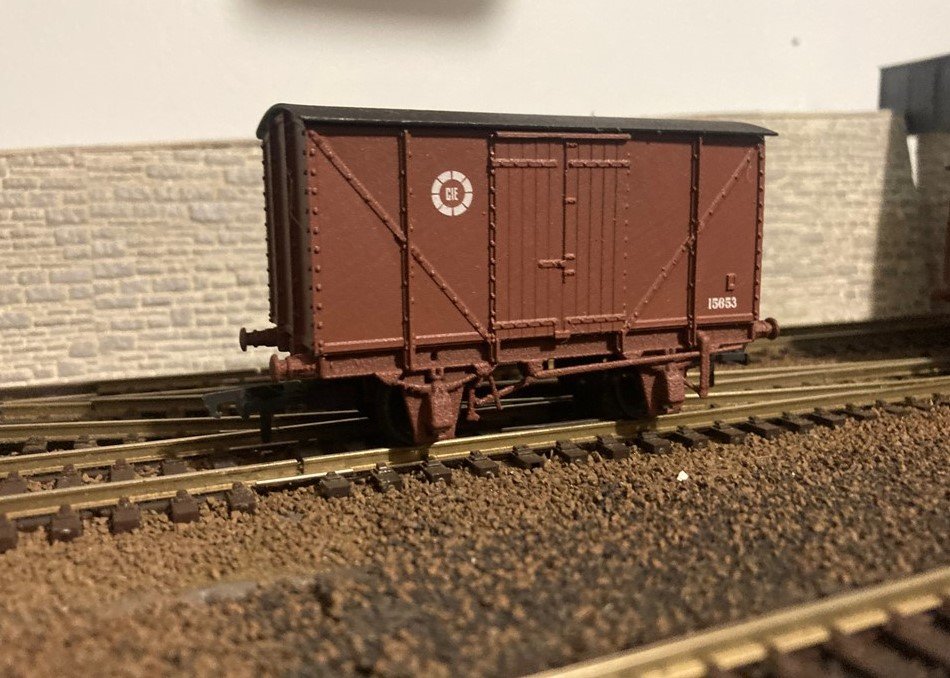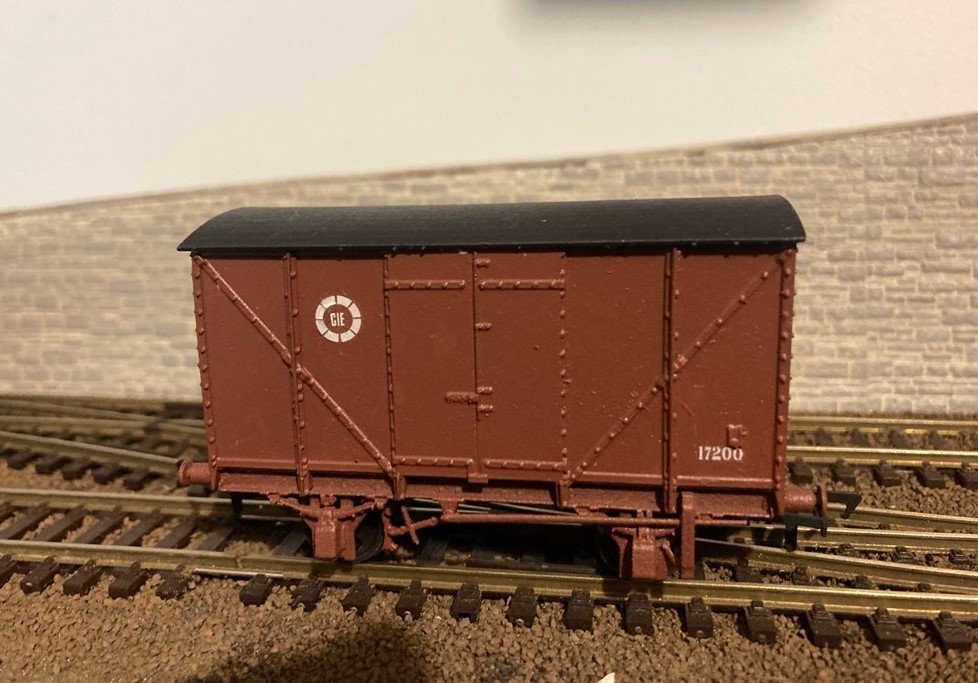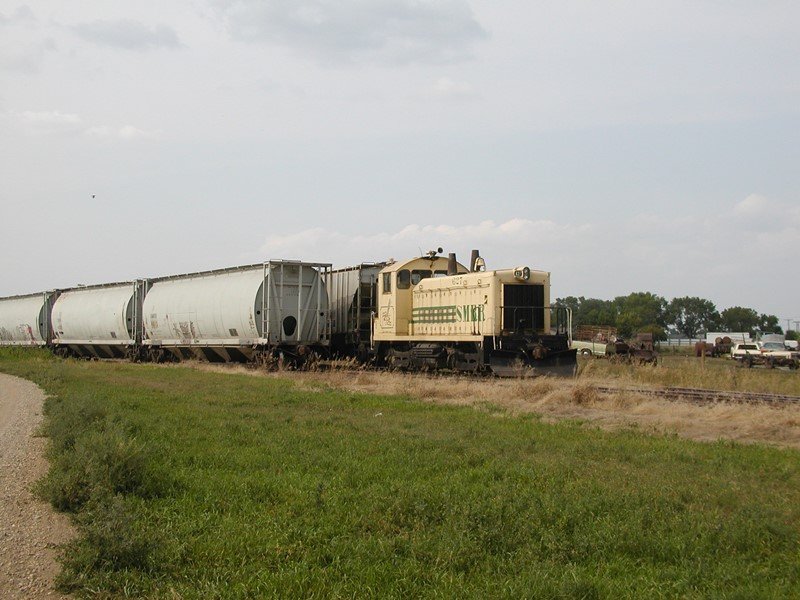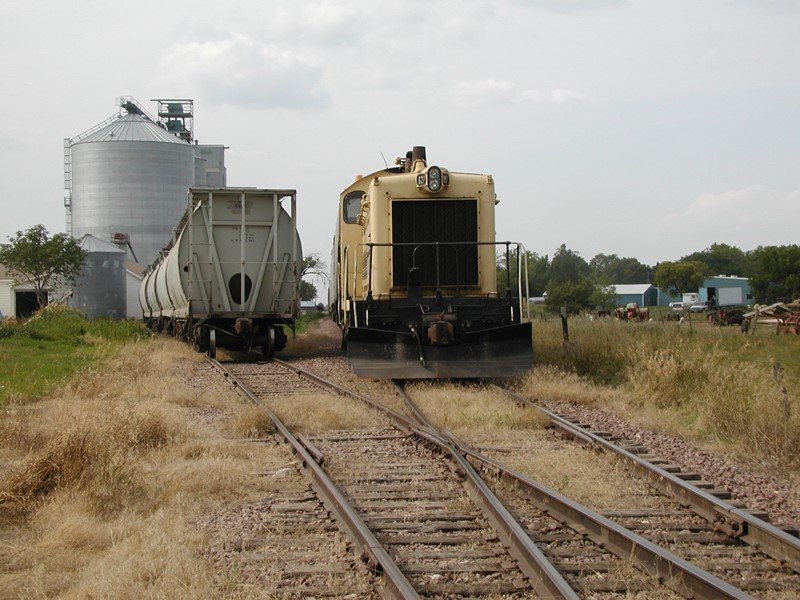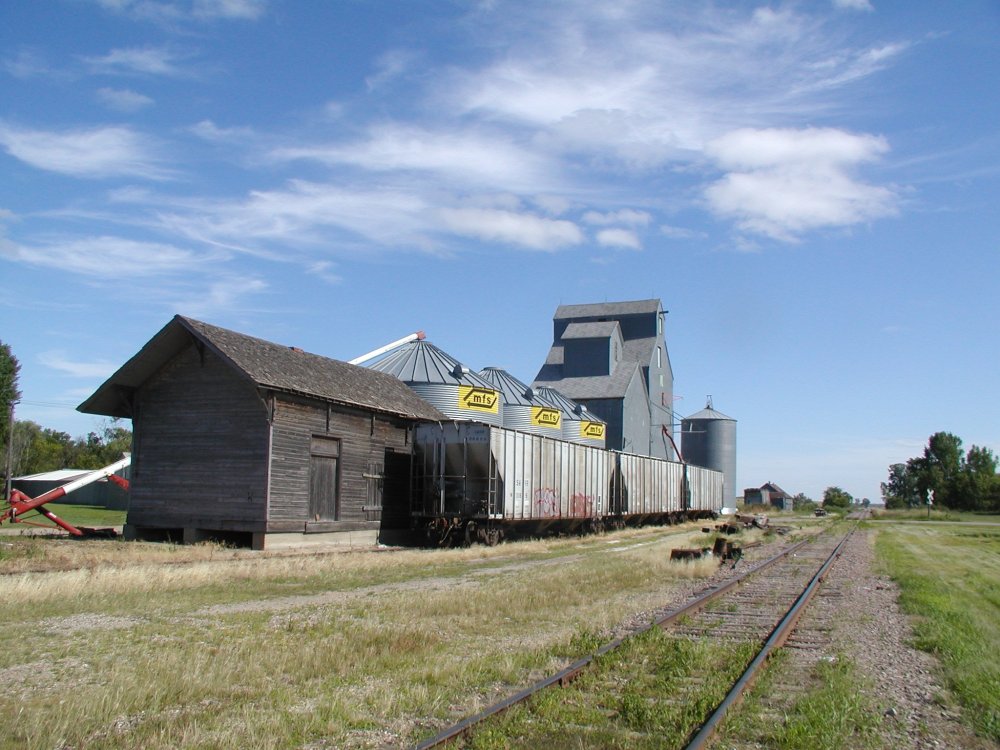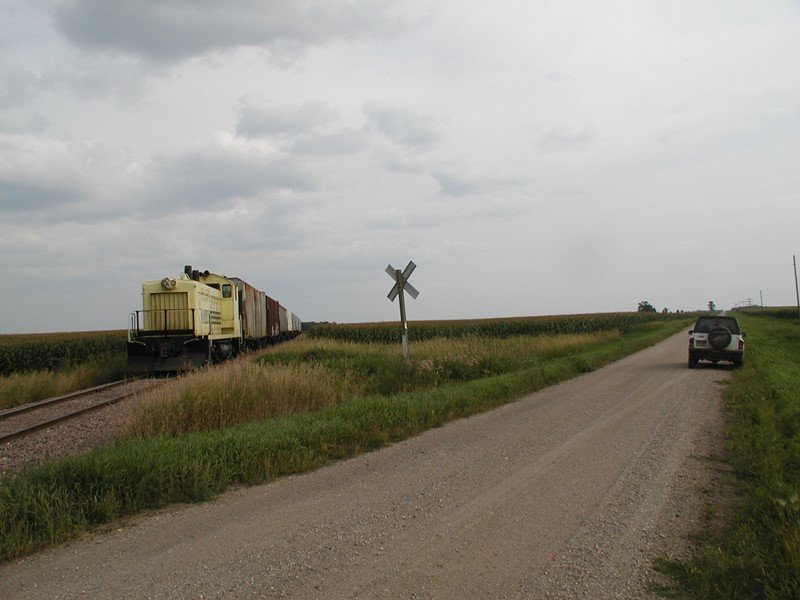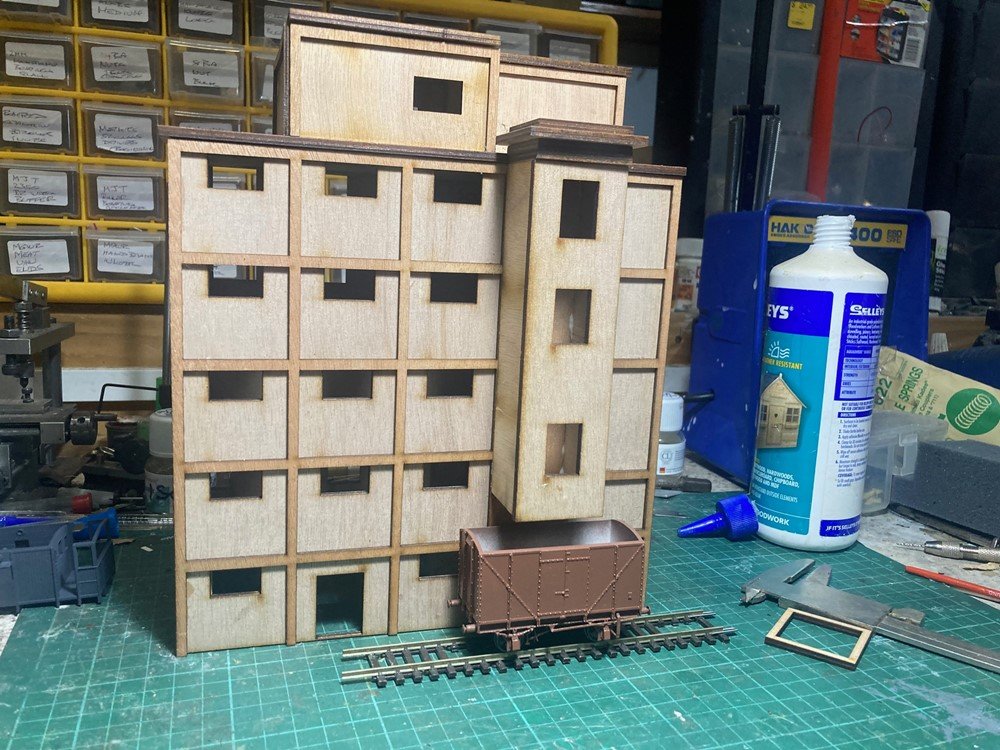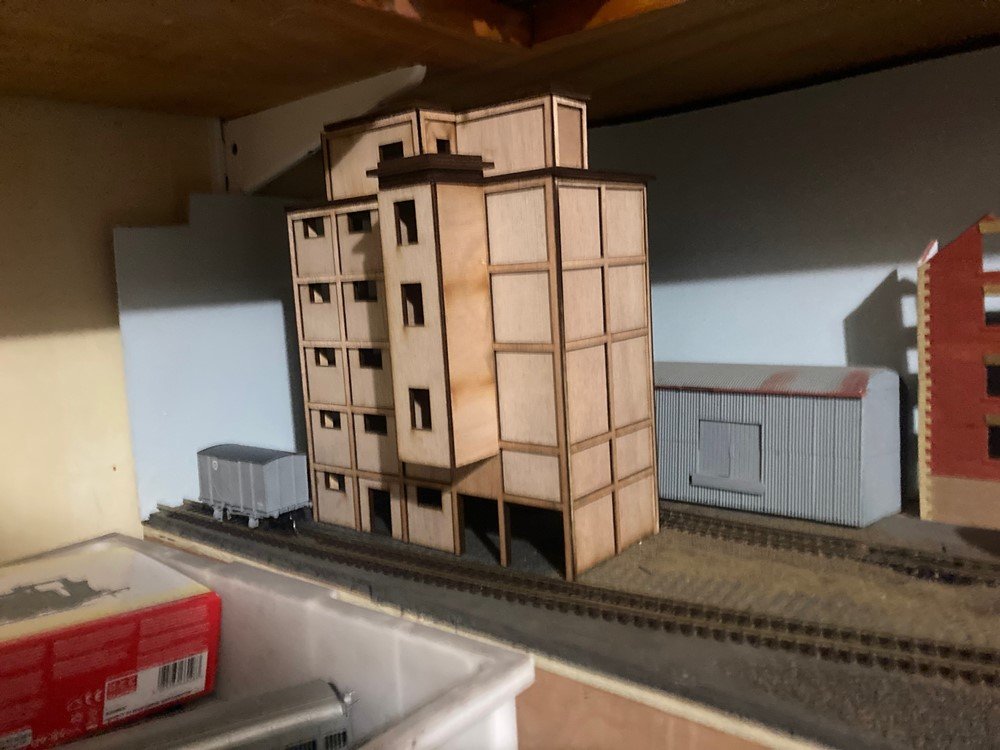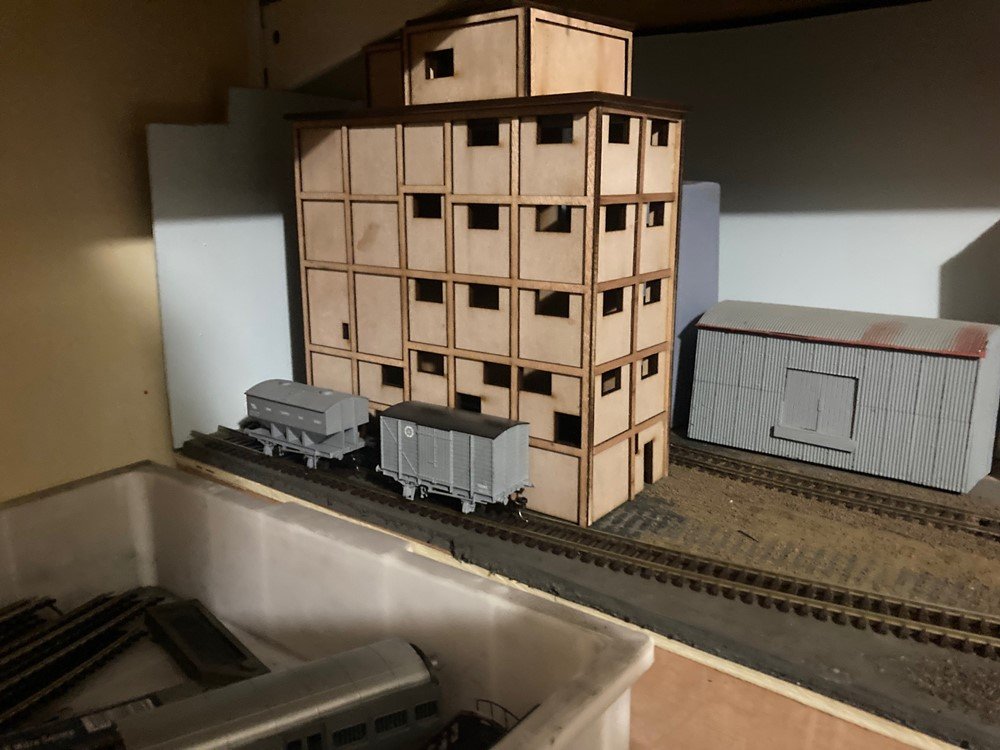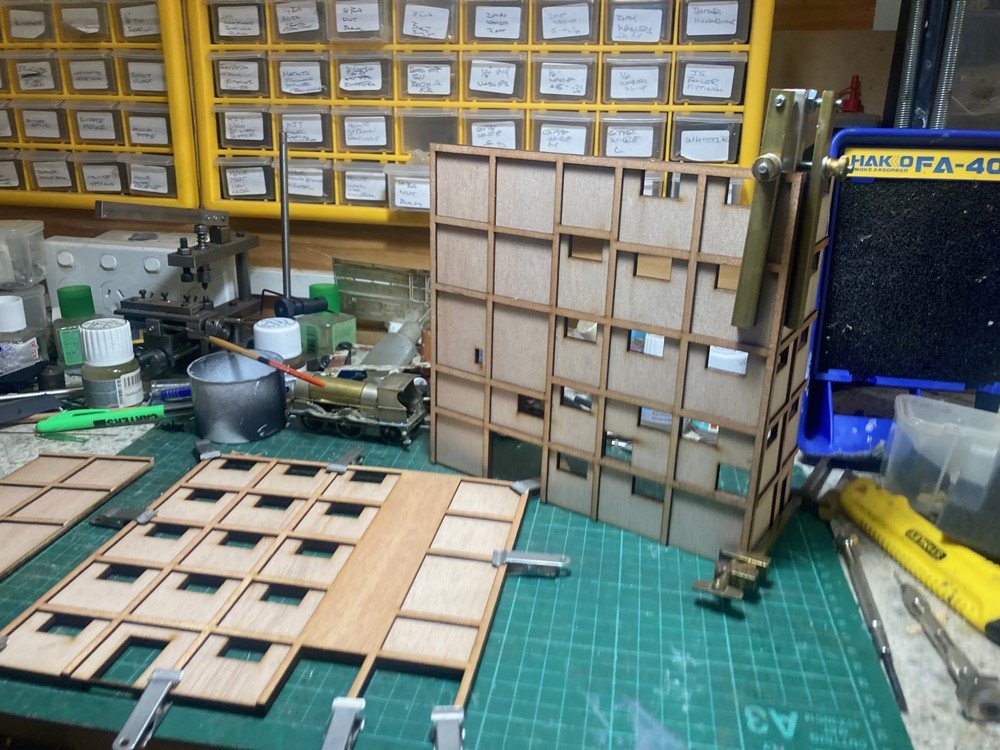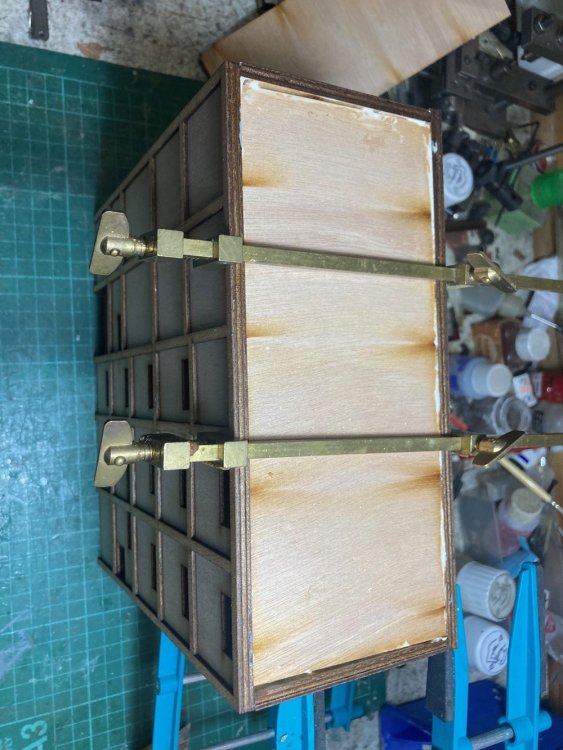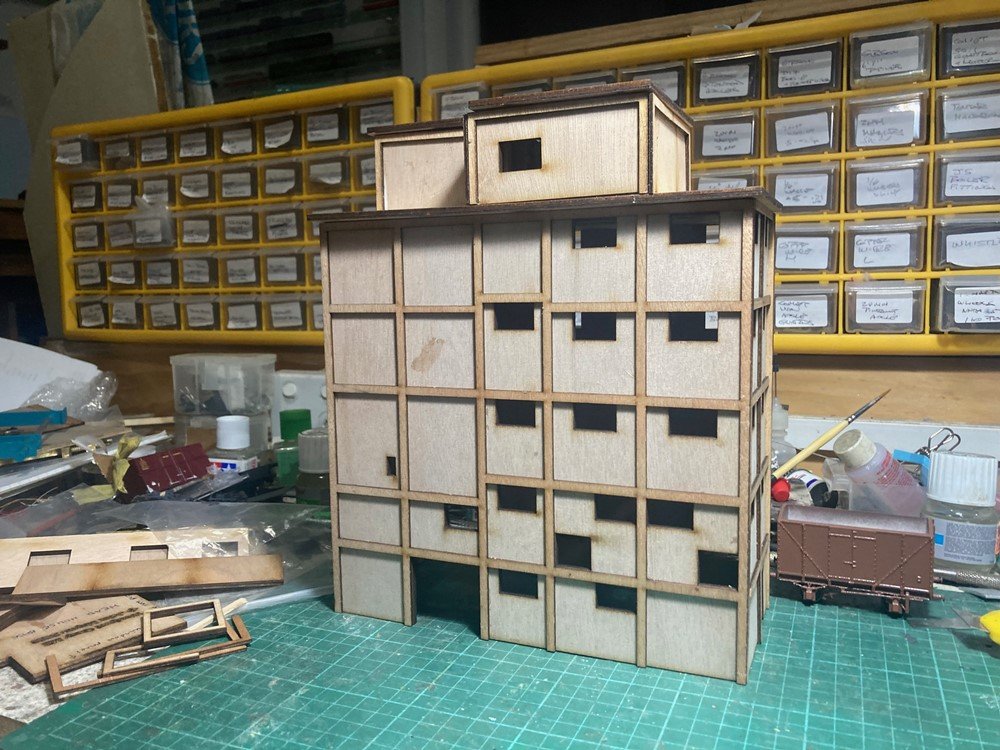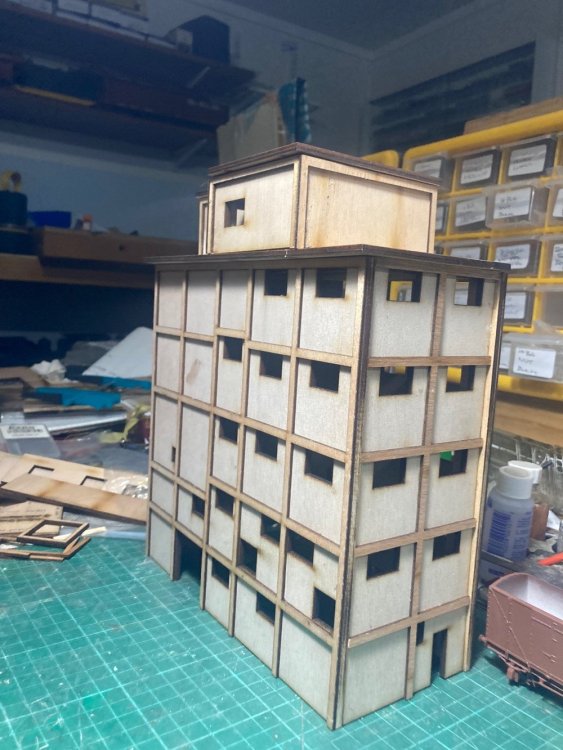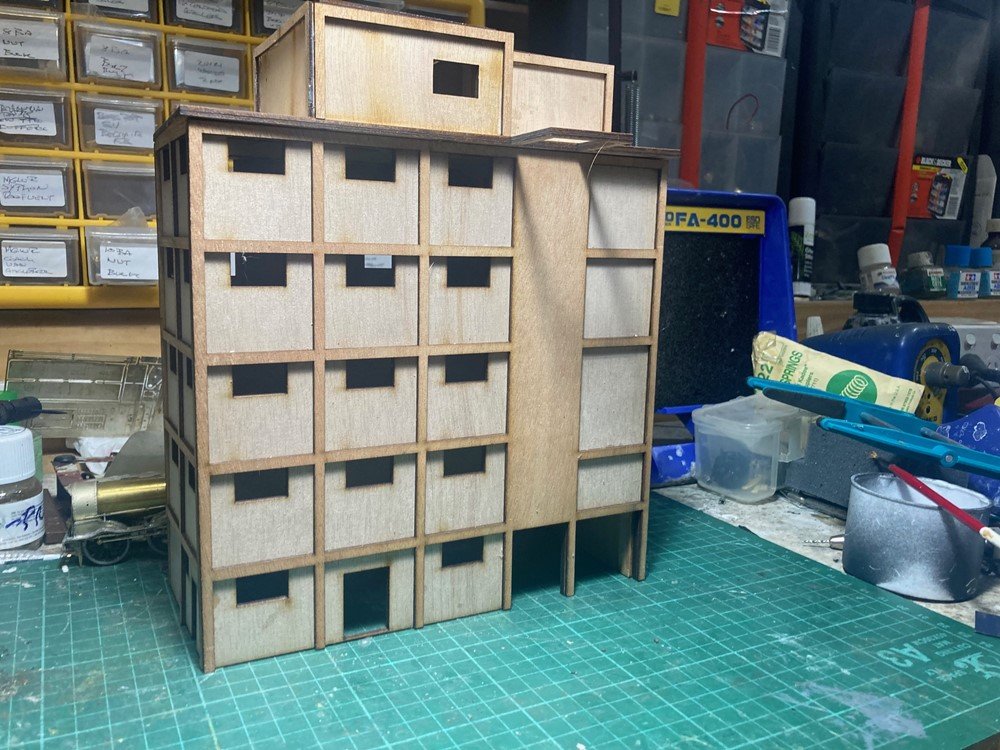-
Posts
4,879 -
Joined
-
Last visited
-
Days Won
119
Content Type
Profiles
Forums
Events
Gallery
Everything posted by Mayner
-
Quite a treasure throve, especially the loco drawings and makers photos.
- 45 replies
-
- 1
-

-
The politics behind extending the Dublin and Meath to Armagh and further north are fairly complicated. There were completing proposals for inland (via Navan and Armagh) and coastal routes between Dublin and to link up with the Ulster Railway at Portadown during the "Railway Mania" era of the 1840s. Later post "Railway Mania" era schemes included plans to extend the Navan-Kingscourt line beyond Armagh to connect with the Belfast and Northern Counites at Cookstown. A line to Cookstown would have allowed the MGWR to tap into brick and coal traffic from the Tyrone coal field and tourist traffic to an from Portrush over the Derry Central between Macfin-and Magherafelt. The D&M/N&K plans for a Kingscourt-Castleblaney-Armagh line appear to have been serious enough to locate Kingscourt Station at the bottom of a hill at distance from the town laid out as a through station. The N&K basically appears to have run-out of money when they reached Kingscourt and the MGWR was highly unlikely to subscribe capital to building branch lines preferring the locally owned companies or the Government take the risk. The GNR would not have wanted a MGWR line entering its territory and blocked a Kingscourt-Castleblaney line by building the Carrickmacross Branch. if you have access to the IRRS library GR Mahon wrote an excellent series of Journal Papers on Irish Railways during the 1860s-1870s during the 1970s including the Dublin & Meath and Navan & Kingscourt and proposals for extending to Armagh and further north.
-
I haven't tried static grass, I still use Woodland Scenics medium and coarse turf scatter on pva glue on plaster bandage, with rubberised horsehair and Woodland Scenics foliage for hedge and bushes. Not looking bad after 10 years dust fall out! Used 'Fine Turf" scatter for the roadway on the Roadside section medium and coarse turf for grass/ground cover. This scene was inspired by a section of line where the road & tramway ran parallel with a canalised river. Again not looking bad after 10 years
-
Without going into too much detail its unlikely that shifting production and distribution to Ireland or the UK would lead to a reduction in the price paid by customers for our 3D printed wagons. Basically its cheaper to print our wagons in New Zealand and Asia than in Europe. Higher printing costs are likely to cancel out any savings on shipping if I moved manufacture and distribution to Ireland or the UK. The bottom line is that 3D printing is only really suitable for prototyping (one offs) or low volume production which comes with a higher price tag than a similar mass produced item.
- 11 replies
-
- 10
-

-

-

-
The semi-circular pipework at the front of the smokebox was a distinctive feature on Atock locos until re-built re-boilered from the early 1900s onwards. The pipework disappeared from the E Class and conventional smokebox doors were fitted when the locos were re-boilered from 1912 onwards. 556 is basically in MGWR condition with the exception of the GSR number plate and loss of its MGWR name and number. I think the pipe and flexible hose may have been for powering water pumps and other accessories rather than steam heating purposes
-
I went down the direct sales Shopify route because sales and distribution through IRM and retailers like Marks, Rails and Hattons would have resulted in a significant increase in the price point of our models even before UK or Irish vat was added, which would not have excatly helped sales. The underlying problem is the relatively low level of demand for Irish pre-Liner Train era wagons and the fact that a kit or 3D printed model cannot compete on price point with a mass-produced plastic injection molded Far-Eastern models. Initial feed back when we sent samples to model railway clubs in Dublin was that people 'could not see the point" of paying a higher price point for an accurate model of an Irish wagon than they could buy a rtr model of a similar British Rail wagon at a lower price.
-
I designed the MGWR 2-4-0 kit with a single piece fold up chassis for OO that could be assembled in 21mm gauge as a conventional chassis with separate frame spacer. I designed the GSWR 52 Class with a conventional chassis with OO & 21mm frame spacers. The majority of my customers are experienced kit or scratchbuilders or people who want a model of a particular loco regardless of the chassis design. Interestingly I sold more MGWR 2-4-0s than GSWR 4-4-0s most likely because I produced 3 variations of the 2-4-0 kit and only 1 variation of the 4-4-0 rather than the fold up OO chassis.
-
Interestingly Tarmac UK cement/building product traffic of 9M tons annually is roughly 3 times heavier than CIEs total annual railfreight traffic during the 1970/80! https://www.globalcement.com/news/item/11387-tarmac-renews-rail-freight-contracts-in-uk Ironically railborne cement traffic was in decline in the UK and increasing in the UK during the late 1980s-mid 1990s with the situation reversing following privatisation in the UK. The UK freight flows tend to be heavier and over longer distances than in Ireland which gives rail a competitive edge over road leading to investment in modern high capacity wagons by rolling stock leasing companies, subsidised freight access charges after privatisation has lead to four 'open access' operators competing to haul bulk cement and building traffic. Difficult to see a similar situation developing in Ireland because of the relatively short distance between the major Cities and the Cement Plants and IRH loss of market share to Quinn, Lagan north of a line drawn from Wicklow to the Ox Mountains.
-
CIE tended to "re-purpose" existing steam sheds for diesel traction rather than building purpose built 60s era Motive Power Depots. Galway & Westport are examples of steam shed retained for diesel traction into the 1980/90 Westport Shed. The photos were taken approx. 10 years apart and shed out of use in upper photo, the turntable was out of use at the time. Galway and Westport re-fueling points mid-90s Galway recently updated with a bunded tank and concrete re-fueling pad, possibly replacing fuel tanks installed for oil burning locos winter of 1947 Tank wagon is on the stub of the Clifden branch, loco depot trackage and turntable still in use at the time. Later that evening IE staffed re-fueled 201 Class locos rostered to work the Galway-Athlone Liner and morning Galway-Heuston passenger. The fueling point at Westport was originally the running line to Westport Quay. Stabling-refueling points. There were also a number of stabling-refueling points without a loco shed, simply one or two tracks, a refueling point, single storey office/signing on point and mess room. Claremorris. Downside Westport end of the station two sidings retained for refueling locos on Knock specials, Liners and Ballina Shuttle. Waterford: Originally Platforms 1-2 (New Ross Bays) and later sidings in former loco depot area of freight yard. Loughrea Branch Tank wagon re-purposed from 1947 loco oil bunker/West Clare fuel tank/Loughrea tank wagon. In short a 1960s CIE diesel loco depot can vary from a tank wagon or refueling point on a simple siding to a former steam shed.
-
Mill basic assembly painted and windows/doors fitted. Paint colour match-pots from a paint shop finding a near match for aged concrete from a "whites & neutrals" selection, pots worked out at roughly €1.80 each. Main quibble is the visible grain in the ply but not really noticeable from normal viewing distance. Quayside I need to square up and fix the roof to the elevator section Rail Side the two large openings at 1st floor level were covered loading chutes for loading mill-products directly into Soft Topped convertible wagons, I will need to build a loading platform for loading hard topped (H) Vans which had a higher flatter roof profile. Closer view of the windows, I will need to sand down/touch up blemishes in the paintwork, but is a reasonable match for aged concrete
- 56 replies
-
- 11
-

-
Drogheda-Navan was always single with the exception of crossing loops and sidings at Drogheda Platin, Duleek, Beaupark and Navan. As far as I remember the cutting between Drogheda and Platin was only wide enough for a single track https://www.geograph.ie/photo/3348749
-
Carrignagat was the end of the double line section from Sligo until moved to Ballysodare in 1930. Apparently the original cabin was destroyed during the Civil War and replaced by a temporary ground frame until 1930 when the Junction was moved to Ballysodare. Ballysodare Cabin was a GSR replacement which controlled the junction with the SLNCR and the remotely controlled junction with the Burma Road at Collonney Junction.
-
I think Portadown-Armagh was double tracked Armagh-Monaghan always single Monaghan-Clones double possibly singled as an economy measure 1930s. Belfast-Cavan appears to have been considered an important route up to closure, with a relatively frequent (by Irish standards) of direct passenger trains using modern steam hauled coaching stock.
-
The Waterford and Limerick Waterford West-Fiddown was formerly double track. A section of the Down? main line at Grange was retained as a siding to serve a high loading bank after the main line was singled during the 1930s. Limerick Junction-Limerick double track in WLWR days. Dublin-Waterford Sections of double track retained as sidings. Clonsilla Junction-Galway. Sections of redundant double track were retained as lay-bye's or refuge sidings at the majority of crossing stations on singled sections of the main line. The lay-byes/refuge sidings were used for shunting complete trains clear of the main line when the running line and loop were both occupied. The lay-bye sidings at the east and west end of Maynooth were used for shunting Liner and ESSO Oil trains clear of the main line when up and down passenger trains were crossing up to the early 2000s. A section of the Up main line at the Dublin end of Drumree on the Meath Line was retained as a siding to serve a (new) goods shed after the line was singled by the GSR. Cherryville Junction-Kilkenny. Kilberry: A section of the former Down main line was retained as a siding to serve the Kilberry Moss Peat factory until disconnected in 1975. Carlow: A 3/4 mile section of the former Up main line was retained to serve the Carlow Beet Factory opened in 1926, rail borne beet traffic appears to have ceased during the late 60s/early 70s though the factory dispatched train loads of export sugar in ISO containers during the early 1970s. Bridges and Structures Bridges and Structures on main lines built during the 19th Century were were normally designed or built and enough land taken to accommodate double track at a later date, one of the main exceptions was Killarney Junction to Killarney, though the Killarney-Tralee section were built to accommodate double track.
-
MGWR Double Tracked Sections. Main Line--------Broadstone-Ballinasloe, Attymon Junction-Athernry, Oranmore-Galway. Ballinasloe-Woodlawn-Attymon Junction and Athernry-Oranmore were always single tracked. Liffey Branch---Liffey Junction-North Wall Midland. Meath Line----Clonsilla Junction-Drumree Sligo Line-----Mullingar-Longford Carrignagat Junction(later Ballysodare)-Sligo Mayo Line---Athlone-Roscommon The Midland operated a relatively sparse passenger service and double track not really essential from an operational perspective, for instance the Midland only operated 2-3 return passenger trains and 1 return goods daily between Broadstone-Navan-Kingscourt during the 19th Century. The Main Line, Sligo and Mayo Lines would have been busier with Day and Night Mail trains and heavier goods traffic. The double tracking of much of the MGWR was possibly driven by a 19th Century Board of Trade expectation that 'main lines" should be double track to avoid head-on collisions in the days before the development of effective single track signal systems.
-
Most likely Portadown -Derry and Belfast-Comber Passenger traffic on the Derry Road appears to have held up well until closure with, long trains and relatively frequent passenger service by Irish standards. Belfast-Comber appears to have been a busy commuter line with heavy passenger traffic. Most closed CIE lines had sparse services (1-2 trains daily) and carried light traffic.
-
Waterford once Irelands largest station in terms of the number of platforms with relatively few passenger trains! Platforms 1 & 2 Bay platforms east end of the station filled in 1967 for car parking. Platforms 1 & 2 appear to have been used for diesel loco stabling and re-fueling before their removal here is a 1963 photo of a pair of B141s, a B101 and a fuel tank wagon in this area in Irish Railways in Colour from steam to Diesel. Platforms 3-4 were the main passenger platform, 3 at the east end-4 at the west end. At one stage there was a cross-over midway along the platform allowing the platform to be worked in two sections. Platform 5 was a passenger bay before being re-built and extended as the current platform. Bay Platform 6 lost its designation as a passenger platform at some stage during the 60-70s. Bay Platforms 7-8 at the west end of the station were filled in and converted to bus parking.
-
Some completed wagons! 20T Brake with metal sheeted duckets 23544 Based on a late 60s early 70s photo of the van in Tralee complete with torpedo roof vents. I am planning to supply this version of the brake van in undecorated CKD form complete with decals and roof vents on a pre-order basis 12-14 week delivery. "Hybrid" ex-GSWR van 15653 with metal sheeted sides and ends planked doors, I am again planning to release this van in undecorated CKD form with decals (Snail & Wheel) & running nos. CIE 1946 H Van 17200. with metal sheeted body. currently available from stock in CKD form with CIE snail and wheel logos and choice of 10 sets of running nos. The LMA and ex-GSWR planked van are also currently available from stock. John
- 11 replies
-
- 13
-

-

-

Ernies Massive Irish 1930's to 2005 Photo Archive
Mayner replied to Glenderg's topic in Photos & Videos of the Prototype
The Irish Traction Group was established and lead by a group of enthusiasts from Great Britain who were not only prepared to put their money in their pockets to buy the locos, but regularly spend their weekends and spare time volunteering in Ireland not only to restore their own locos, but physically assist Irish based preservation groups with tracklaying and other assistance. -
Came across this on a Shortline while visiting family in the Mid-West about 20 years ago. Not quite 121s and 20T hopper wagons, infrastructure in a better state than the Kingscourt Branch or Westport Quay back in the day. Both trains were parked on the "main line" locos locked and crews gone home or for a break, one facing South one North about 10 miles apart one in a town at an elevator the other out in the middle of the Prairie. Typical small town serving the original freight house and elevator with additional steel grain bins, in this case receiving plastic pellets. Should have stuck to the American modelling than going down the Irish 21mm gauge Rabbit Hole
-
The local equivalent are commercial tourist operations that use self-drive rail buggies on 'mothballed' lines. https://www.forgottenworldadventures.co.nz/ https://railcruising.com/ Not convinced many people would be prepared to pay €160 for an adult or €370 per family for a half day "Rail Cart" cruise on the Burma Road or other mothballed line.
-
The 121 Class hauled push-pull sets were developed possibly as an interim solution for upgrading the rolling stock used on Dublin-Drogheda suburban services after the Government refused to provide funding for IEs proposal to build a fleet of diesel electric railcars to replace loco hauled trains on suburban and branch line/secondary main line services. The original intention was to build the MK3 Push-Pull Trailers as diesel-electric railcars, the Push-Pull trailer cars were originally class as Railcar Trailer Cars in the BREL drawings. The Power Cars were intended to have underfloor power units driving AC traction motors hence the LHB bogies used in the 6 Push-Pull Trailer cars. In the bigger scheme of things livery used by CIE/IE as a monopoly rail operator is irrelevant in terms of branding or encouraging people to use rail, clean reliable trains that operate on a convenient timetable on a reasonable fare structure are far more important than livery and branding.
-
At the time it was planned to introduce the MK3 Push-Pull sets and push pull equipped 121s in a "suburban" livery with a green strips. Nots sure if any Push Pull MK3 received the livery, mentioned in the IRRS Journal and other enthusiasts news letters
-
Could not resist adding the elevator section and posing the model on the layout. The original plan was to have the familiar Roman Island elevation on the viewing side, but the boss (daughter) prefers the Quayside elevation. The Head House just about clears the brackets for the upper shelf, though may be barely visible when I install the lighting pelmet. I better get round to finishing the locomotive and wagons on the workbench!
-
I needed a break from computer work on the weekend and made a start on assembling the Mill First stage was to glue the concrete frame overlays to the wall panels main/structure with white glue before gluing the assembled panels together. The clamp used for joining the panels together are available from Micromark in the United States, not sure where I got the bar clamps possibly Eileens or at an exhibition. Basic structure and inner roof glued together, I used the bar clamps to correct a slight bow in the ply panels Main structure and headhouse Roman Island elevation. I omitted the uppermost section of the head house from the model. The small slot on the left hand side of the mill is for loading grain into wagons or road vehicles, the two openings at first floor level were used for loading bagged meal and possibly flour into covered wagons or road vehicles. Westport Quay Mill was completed in 1904 and the loading chutes set up for loading the short soft topped convertible wagons of the time and unsuitable for the longer "hard topped" wagons introduced 10-12 years later. South/East Elevation Quayside Elevation, the plain panel and projecting section of the roof is part of an elevator used for unloading/loading? ships, the final stage of the main assembly. Next job before fixing windows and doors is to select a colour that looks like weathered concrete!
.png.c363cdf5c3fb7955cd92a55eb6dbbae0.png)

